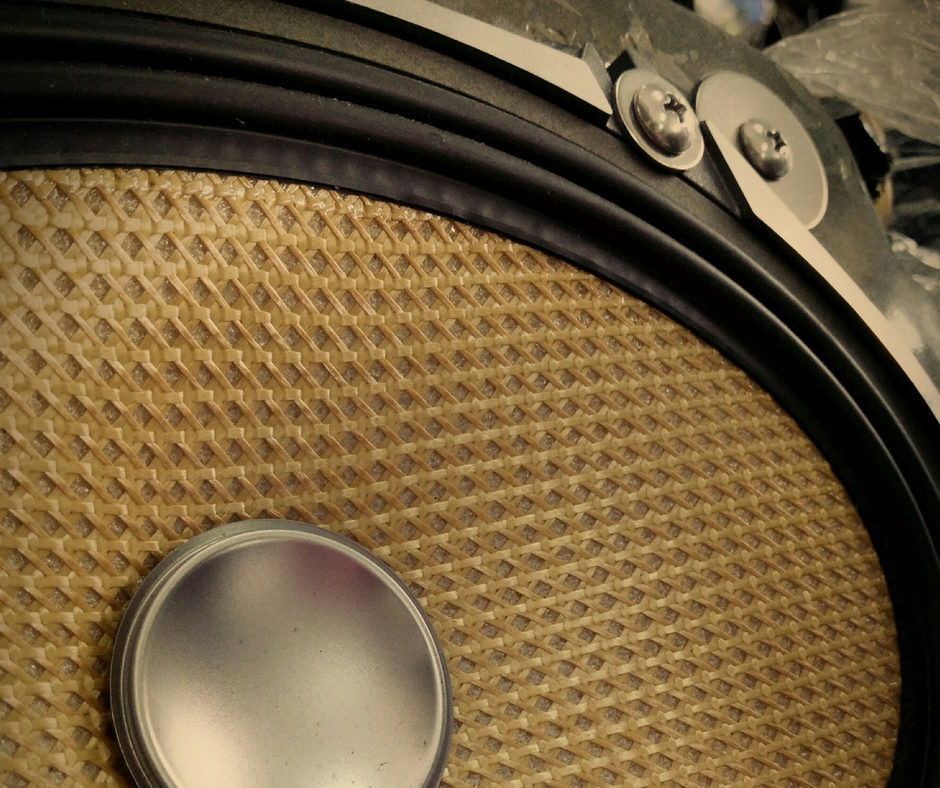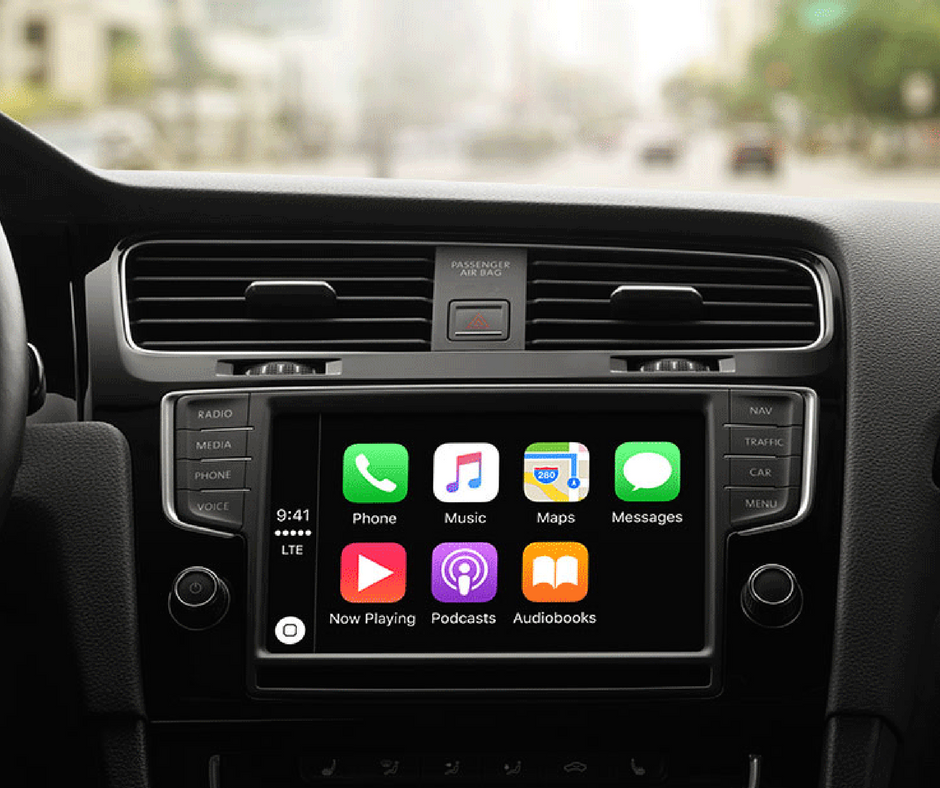A Visual Evolution Of The Car Stereo
Listening to music in the car is a favorite pastime for all kinds of people; it makes long road trips bearable and is an excellent way to relax while stuck in traffic on the drive home from work. Enjoying music in the car has not always been as easy as it is today, turning a knob on the satellite radio and choosing from hundreds of genres was not always an option. The earliest car radios remain a bit of a mystery for most of today's generation, here is how it all got started:
Early Car Radios Of The 1930s

The first commercially available car radio was produced in the 1930’s by brothers Paul and Joseph of the Galvin Manufacturing Corporation. The Motorola 5T71 ran on expensive battery-powered vacuum tubes, costing approximately one hundred and thirty dollars. The idea of driving while listening to music was considered a distraction, similar to texting and driving in today's times; however, millions of radios sold and the company ultimately changed their name to Motorola, Inc.
Hi-Fi And FM Of The 1950s

By the early 1950’s, AM radio dominated the airwaves. However, the first FM car radio wasn't produced until 1952 by a German company Blaupunkt. By 1953, car radios with both FM and AM capabilities were available for purchase. In 1956, Chrysler created the first Highway Hi-Fi, which was mounted to the bottom of the car’s dash and slid out into a little turntable. It played approximately forty-five minutes of music from artists who had contracts with Columbia Records. The system was phased out after a few years with the majority of people sticking to their AM/FM radio as records skipped too much when the car hit a bump.
Tapes In The 1960s And 1970s

Because the Hi-Fi experiment did not pan out, engineer Earl Muntz saw the need for something with four-track cartridge technology that would play music and not skip while in motion. He introduced the auto stereo, which was the first device to give drivers control over what they were listening to. In 1964, Phillips launched the first compact cassette; it proved to be a far better product than the eight-track cartridge system that inventor Bill Lear launched the following year, as people were able to create customizable playlists and mix tapes.
Speakers of The 1970s And 1980s

The aftermarket - the division of the automotive industry involved with parts and accessories after the initial sale - was introduced in the 1970’s after the rise of cassette tapes took off. This increased the need for custom stereo outfits that were not as bulky as previous versions of speakers. Electronic companies began to sell pull-out cassette systems with higher-quality speakers that drivers could install in their cars on their own. In the 1980’s, Pioneer introduced the Supertuner with ultra sensitive tuning capabilities for better sounding music. The concept of surround sound took over, and drivers began having their cars fitted with individual speakers instead of using stock systems.
The Rise Of The Compact Disc (CD) In The 1980’s And 1990’s

Sony and Phillips were the first to produce the CD in the mid-to-late 1970s. By 1984, Pioneer introduced the first CD player that could be installed in a vehicle called the CDX01. The CD significantly improved the sound of music in an automobile; they also lasted a long time and did not skip like a record. CDs were more practical too, as listeners could skip ahead to their favorite song instead of fast-forwarding through a cassette. Multi-disc CD changers didn't become popular until the 1990s.
MP3 Players Of The 2000’s

In the late 1990s, several companies experimented with portable digital audio players, but it was not until the Apple iPod was introduced in 2001 that the concept became famous. Later models would eventually merge the device’s first hard drive. As MP3 players were on the rise, CD sales substantially decreased, and the cassette was nearly obsolete. It took a while for automotive manufacturers to keep up with MP3 player capabilities. By the late 2000’s, most cars offered the option to link MP3 players to the radio.
Satellite Radio Of The 2000s And 2010s

In the early 2000s, Sirius Satellite Radio launched two satellites into space and single-handedly changed the way people listened to music in the car. It took nearly ten years of lobbying and raising enough money - around 1.6 billion dollars to be exact - for the satellites to successfully launch. The commercial-free service features dozens of talk, news, music and sports channels. As of 2014, Satellite Radio had around 26.3 million subscribers and is partnered with nearly all major automotive brands.
Streaming Services Of The 2010s

Satellite radio did not have much competition until recently when Spotify and Pandora began offering their internet streaming services. The trend began in 2010 when Pioneer debuted the first Pandora-equipped head unit. After this, other car brands such as BMW began to integrate Spotify into their vehicles so people could link and enjoy their music and movies. Uber has recently partnered with Spotify to allow customers to stream their music while hitching a ride, creating a reduced need for satellite radio.
The Digital Revolution Of The Present

Leading digital brands including Sony, Apple, and Pioneer continue to improve the in-car radio experience. Everything is completely customizable with available Bluetooth, USB or auxiliary cord connections. AppRadio - the first smart phone-based head unit - was launched by Pioneer in 2011, allowing the driver’s smartphone apps to sync with the car’s digital system for hands-free controlling. Apple also introduced CarPlay, which lets drivers use their smartphone to upgrade aftermarket in-dash multimedia systems so that choosing what to listen to is never more than a voice command away.







